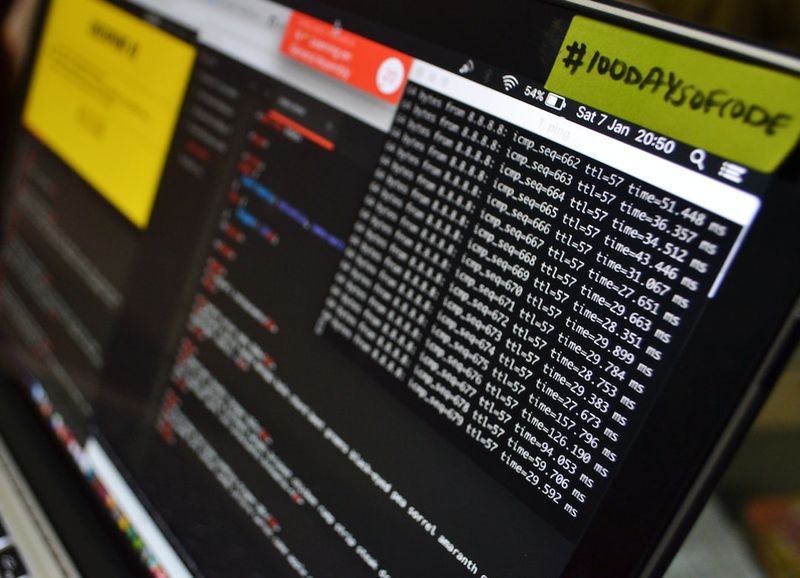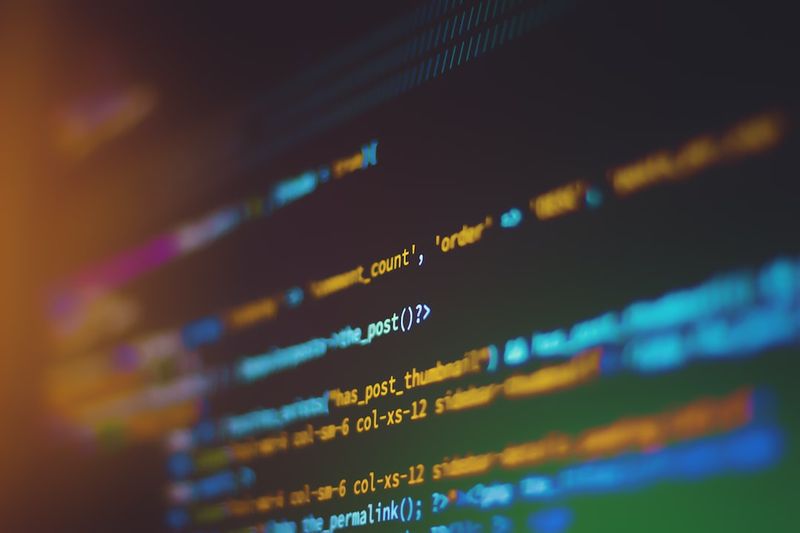Cybercrime Attack Targets Australian Energy Software Firm Energy One
Intrusion Details and Potential Impact
Energy One, an Australian company that provides software products and services to the energy sector, has recently fallen victim to a cyberattack. The attack, detected on August 18, has affected some corporate systems in both Australia and the UK. Energy One has taken immediate action by disabling certain links between its corporate and customer-facing systems to ensure customer security.
At this stage, Energy One is in the midst of investigating the incident to determine the extent of the impact on personal information and customer-facing systems. While the company has not disclosed specific details about the attack, its statement hints at the possibility of a ransomware attack.
The Rise of Cyberattacks on Energy Sector Organizations
The attack on Energy One highlights the increasing threat faced by energy sector organizations around the world. Recent reports from British threat intelligence company Searchlight Cyber reveal that cybercriminals are offering initial access into energy sector organizations for fees ranging between $20 and $2,500. Attackers typically gain entry through various means such as compromised credentials, device vulnerabilities, and remote desktop protocol (RDP) access.
This alarming trend raises concerns about the security of critical infrastructure and the potential repercussions of successful cyberattacks on the energy sector. As energy companies become more digitally interconnected and reliant on software systems, they also become more vulnerable to cyber threats.
Importance of Cybersecurity Measures
The incident faced by Energy One underscores the importance of robust cybersecurity measures for all organizations, especially those in critical industries like energy. Attacks on critical infrastructure can have severe consequences, including disruption of services, loss of sensitive data, financial losses, and damage to reputation.
Government and Collaborative Efforts
Given the growing threats, it is vital for both governments and organizations to take proactive steps to protect critical infrastructure. Governments must prioritize cybersecurity and invest in the development and implementation of strong defense strategies. Collaborative efforts between private industry and government entities are crucial in sharing threat intelligence, developing best practices, and implementing cybersecurity protocols.
Employee Awareness and Education
Organizations also need to emphasize the importance of employee cybersecurity awareness and education. It’s essential for employees to understand common cyber threats, recognize phishing attempts, and know how to respond in case of an incident. By fostering a culture of cybersecurity awareness, organizations can significantly reduce the risk of successful attacks.
The Role of Technology and Security Solutions
Advanced security solutions, such as Intrusion Detection Systems (IDS), Intrusion Prevention Systems (IPS), and Endpoint Protection Platforms (EPP), can help organizations detect and mitigate attacks. Regular vulnerability assessments, penetration testing, and patch management should also be conducted to identify and address weak points in the system.
Cryptographic techniques, such as encryption, can be utilized to protect sensitive data and prevent unauthorized access. Additionally, network segmentation can minimize the impact of an attack by preventing lateral movement within the network.
Editorial: Strengthening Cybersecurity Posture in Critical Industries
This cyberattack on Energy One serves as a wake-up call to the energy sector and other critical industries. It highlights the urgent need for organizations to invest in robust cybersecurity protocols and procedures to protect themselves against sophisticated cyber threats.
Cybersecurity as a National Security Imperative
Cybersecurity should be treated as a national security imperative, and governments must allocate adequate resources to enhance cyber defense capabilities. This includes investing in research and development of advanced threat detection and mitigation technologies, promoting collaborations between public and private sectors, and implementing stringent regulatory measures to enforce cybersecurity standards.
International Cooperation and Information Sharing
Cyber threats know no borders, making international cooperation and information sharing crucial in combating cybercrime. Governments and organizations should actively participate in global initiatives aimed at fostering cybersecurity collaboration, such as information-sharing forums, joint exercises, and capacity-building programs.
Protecting Critical Infrastructure
Critical infrastructure, including the energy sector, needs heightened protection against cyber threats. This requires comprehensive risk assessments, regular audits, and continuous monitoring of systems to identify vulnerabilities and proactively address them. Organizations should prioritize the implementation of industry standards, best practices, and frameworks such as the NIST Cybersecurity Framework to establish a robust cybersecurity posture.
Internet Security Recommendations for Organizations
In light of this cyberattack incident, organizations, especially those in critical industries, should take the following steps to enhance their cybersecurity posture:
Regular Security Assessments
Organizations should conduct regular security assessments, including vulnerability assessments and penetration testing conducted by qualified professionals. This helps identify weaknesses in systems, networks, and applications, allowing them to be addressed before they are exploited by cybercriminals.
Employee Education and Awareness
Employee cybersecurity education and awareness programs are essential to develop a strong human firewall. Employees should be trained to identify phishing attempts, follow secure password practices, and report any suspicious activities promptly. Regular awareness campaigns and training sessions should be conducted to ensure that employees stay informed about the latest threats and best practices.
Implement Strong Access Controls and Privileged Account Management
Robust access controls and privileged account management are crucial to prevent unauthorized access and limit the potential damage caused by an intrusion. Organizations should implement multi-factor authentication, least privilege principles, and robust password policies to strengthen security.
Data Encryption and Network Segmentation
Sensitive data should be encrypted to protect it from unauthorized access, minimizing the impact of a data breach. Network segmentation can limit lateral movement within the network, preventing attackers from gaining control over multiple systems in case of a breach.
Regular Patch Management
Keeping software and systems up to date with the latest patches is critical to address known vulnerabilities and prevent exploitation. Organizations should implement a comprehensive patch management program to ensure that all systems are patched in a timely manner.
Continuous Monitoring and Incident Response
Implementing a proactive monitoring system, such as an Intrusion Detection System (IDS) or Security Information and Event Management (SIEM) solution, allows organizations to detect and respond to threats promptly. An effective incident response plan should be in place to minimize damage and ensure a swift recovery in case of an attack.
Collaboration with Industry Peers and Authorities
Organizations should actively participate in industry forums and information-sharing platforms to stay informed about the latest threats and best practices. Collaborating with industry peers, sharing threat intelligence, and reporting incidents to relevant authorities helps strengthen the collective defense against cyber threats.
In conclusion, the cyberattack on Energy One reminds us of the ever-increasing threat landscape and the critical need for organizations to prioritize cybersecurity. Governments, organizations, and individuals must work collectively to strengthen defenses, share information, and raise awareness to ensure a secure digital environment for critical infrastructure and industries.

<< photo by Roman Synkevych >>
The image is for illustrative purposes only and does not depict the actual situation.
You might want to read !
- The Rising Threat: Physical Consequences of Cyberattacks on Urban Infrastructure
- The Rise of Ransomware Threats: Seiko Falls Victim to Data Leaks
- Cybersecurity Struggles: Analyzing the Recent HiatusRAT Attack on the US Military
- ‘Cuba’ Ransomware Group: Mastering the Art of Cyber Extortion
- The Rise of Grip Security: $41 Million Series B Financing Secured
- Energy One Under Siege: Unearthing the Roots of a Devastating Cyberattack
- The Rising Threat of Cybersecurity Breaches: Analyzing Latitude Financial’s AU$76 Million Losses
- Ivanti Uncovers Actively Exploited Critical Zero-Day Vulnerability in Sentry Software
- Ivanti Takes Action to Address Critical Vulnerability in Sentry Gateway Technology
- “Unveiling the Intricate Nexus: Investigating the Inside Job Behind Tesla’s Data Breach”




